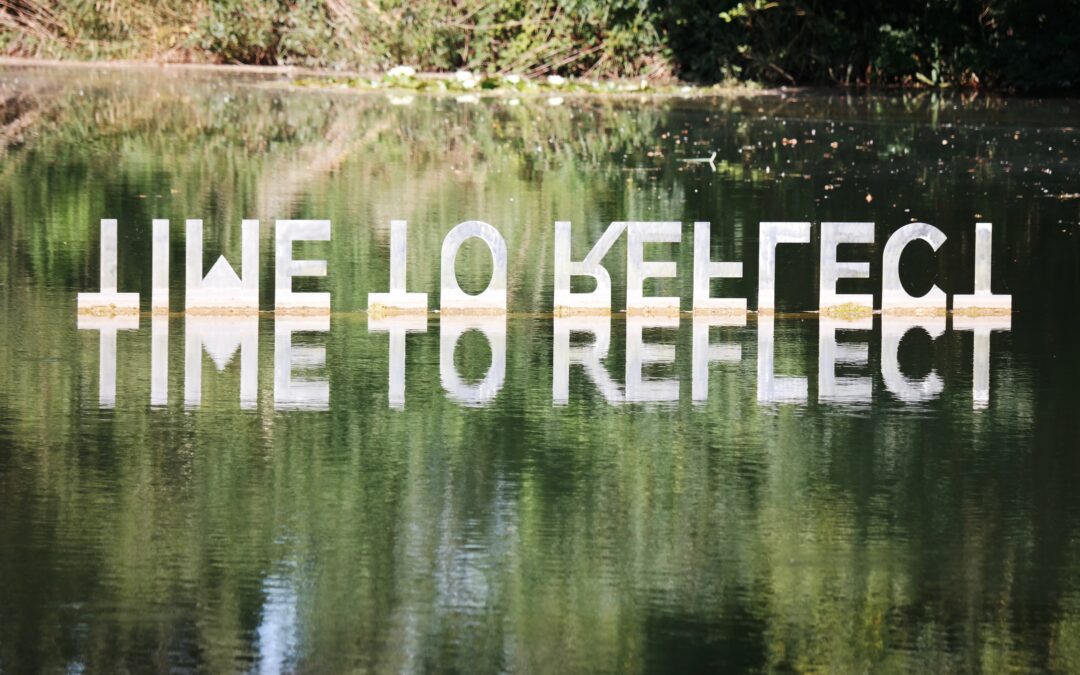This has developed from an initiative of the Royal Society of Arts on failure – the Glory of Failure. It sought to discover what we can learn from failure, – a very emotive word, and what we can use from that to drive success. From that came a book called the Failure Files edited by David Hillson, otherwise known as the risk doctor, who has kindly allowed us to borrow elements from his presentation and his book.
What do we mean by failure?
Let’s start by defining failure and then explore it by proposing some questions.
Failure starts when you stop succeeding. Whilst that sounds trite, it does make sense. We operate within our comfort zone.
Within that, we know what we’re doing, so we are successful at doing it. But staying in our comfort zone is just playing safe. Will it enable us to survive long-term? How can we innovate or grow if we stay in our comfort zones? Clearly we can’t. Let’s assume that growth is a good thing – we may want to discuss that in a later blog – how we should grow our businesses – or should we mean how should our businesses evolve? But assuming we think we need to innovate and or grow, we have to push past that comfort zone boundary and invite failure. We have to do something we don’t know or we don’t know well enough.
There is a difference between our businesses comfort zones and our own. We have to be able to manage ourselves before we can push our businesses forward. So this is to some extent as much about the psychology of helping ourselves through an uncomfortable experience as it is about helping our businesses.
There are some rules for being outside our personal comfort zone. Most apply to the business comfort zone too.
Discomfort Zone
Recognise it will feel – uncomfortable. You are supposed to feel a little out of your depth and experience some stress. That is normal. To manage this, perhaps you should set step-by-step plans and get immediate feedback so that you can measure progress, develop learning, and change.
When you try something new, try and find a level of challenge that is just higher than your skill set but not wildly above it. The chances of a catastrophic failure are lower, and it will encourage you to have another go later when you realise just what you are capable of.
Discomfort is very much part of my master plan
Also, challenge yourself regularly – you decide when to step out of your comfort zone rather than allowing life or a competitor to do it for you. That way you can control the experience, you have a way back whenever you want, and you can keep your confidence topped up.
It might help if you worked with someone who can provide impartial advice and guidance – you don’t necessarily want to get straight back into your comfort zone which might be the solution that is offered by close friend or relative. (We provide that impartial friend).
But this is not all about ways of managing your own psychology – it’s much more about tools and strategies for dealing with and learning from failure.
At first sight failure and success are simple opposites, but the relationship is more complex than that. Failure starts where success ends and it defines the limit of success. So – if you want to explore exactly where your comfort zone (success) ends you have to push a little beyond to find where failure begins. If you don’t, you will not be maximising the benefits of your success. Or to quote Mario Andretti, if things seem under control, you are just not going fast enough. But how do we know where the edge is – that line between success and failure? We will come back to that.
Secondly, success often follows failure and success frequently occurs after all other options have been tried and failed. It’s when failure is infrequent such that a bit of persistence will bring success. How much persistence?
Enlarge comfort zone
Emerging from this failure zone gives us an enlarged comfort zone in which we succeed. Here we learn things which were previously hidden to us or unavailable.
Persistence is the key, but persistence won’t get you to success every time. Sometimes the failure zone is too wide – or at least in the direction we are taking. Perhaps a change of tack might bring better results. When do we know when to do this? We can use sailing as an analogy for business planning – we know where we are, we know where we want to go, and it takes a lot of tacking to get there!
Things we need to know
Where is the edge between success and failure?
When or for how long should we persist with failure i.e. when should we stop?
Related to that, which elements are failing – how will we know which ones to stop?
When and in what direction should we change tack?
What can we learn, and how can we use that?
In the second blog post we will explore what failure looks and feels like, and the ways in which these key questions can be answered.
